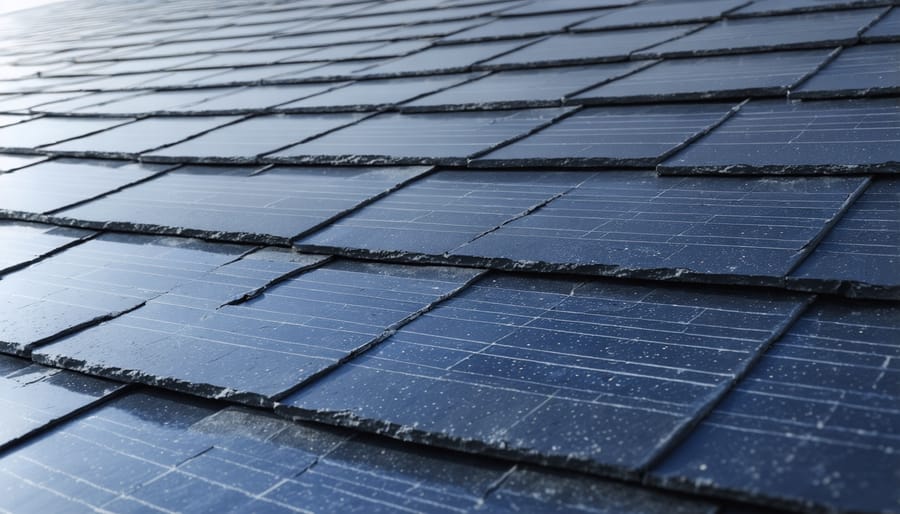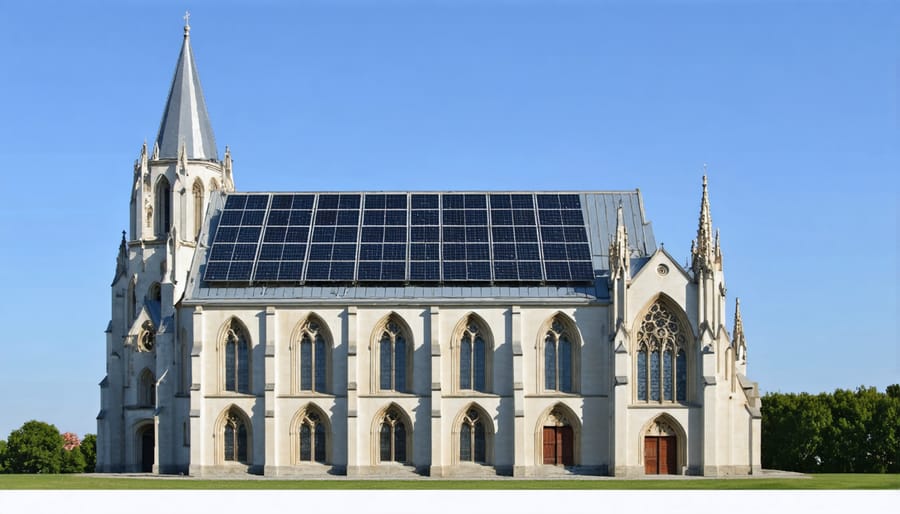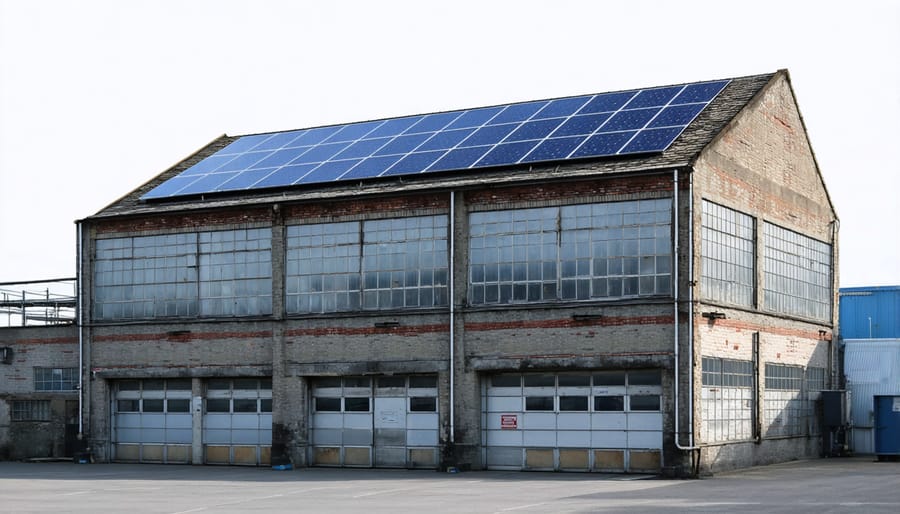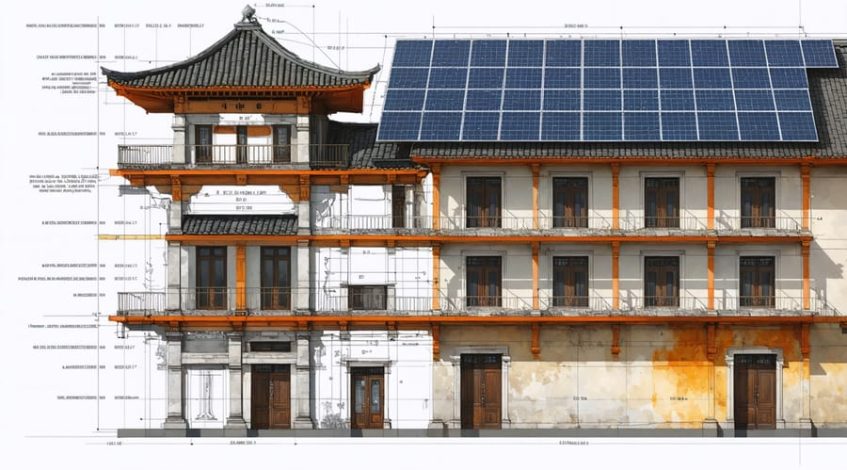Cultural heritage transcends mere artifacts and monuments – it represents the living bridge between generations, connecting past wisdom with future aspirations. In an increasingly globalized world, our shared cultural inheritance serves as both an anchor of identity and a catalyst for innovation, fostering understanding across borders and communities.
The preservation and celebration of shared cultural heritage drives economic growth through cultural tourism, strengthens social cohesion, and provides critical lessons for addressing contemporary challenges. From traditional agricultural practices that inform sustainable farming to ancient architectural principles that guide modern green building designs, our collective cultural knowledge offers practical solutions for today’s complex problems.
As organizations like UNESCO have demonstrated, when communities recognize and protect their shared cultural assets, they create powerful platforms for dialogue, mutual respect, and collaborative problem-solving. This approach has proven particularly valuable in urban development, where historical preservation and modern progress must find balanced coexistence.
By viewing cultural heritage as a dynamic resource rather than a static relic, societies can leverage traditional knowledge while adapting to contemporary needs. This adaptive approach ensures that cultural practices remain relevant and sustainable, contributing to both economic development and social stability.
The key to maximizing these benefits lies in developing integrated management strategies that protect tangible and intangible heritage while promoting responsible access and sustainable use. Through careful stewardship, shared cultural heritage becomes not just a link to our past, but a foundation for building our future.
The Cultural Heritage Challenge in Solar Integration
Preservation Requirements and Regulations
The preservation of shared cultural heritage sites is governed by both international conventions and local regulations that establish strict guidelines for modifications and renovations. The UNESCO World Heritage Convention serves as the primary framework, requiring signatories to protect and conserve designated sites while maintaining their historical authenticity and integrity.
Building owners and facility managers must comply with specific preservation requirements, including the use of period-appropriate materials and construction techniques. These regulations typically address structural modifications, aesthetic alterations, and the integration of modern amenities while preserving the site’s cultural significance.
Many jurisdictions have established heritage boards or conservation committees that review and approve proposed changes to protected structures. These bodies often require detailed documentation, including heritage impact assessments and conservation management plans, before permitting any alterations.
The regulations also emphasize the importance of reversible modifications, ensuring that any contemporary additions or changes can be removed without damaging the original structure. This approach allows for necessary modernization while safeguarding the building’s historical value for future generations.
Aesthetic Considerations
When integrating solar installations into culturally significant sites, visual harmony becomes paramount. The aesthetic considerations must balance modern energy requirements with historical preservation. Through nature-inspired architectural integration, solar installations can complement rather than compromise the existing architectural elements.
Key aesthetic requirements include color matching of solar panels to existing roofing materials, maintaining original sight lines, and preserving the building’s historical silhouette. Modern solar solutions offer customizable panel colors, sizes, and mounting systems that can be tailored to match heritage architecture. Some installations utilize specialized mounting techniques to maintain minimal visual impact from street level.
Successful integration often involves consulting with preservation architects and heritage experts to develop solutions that respect the site’s cultural significance while meeting energy goals. This may include installing panels in less visible areas, using screening elements, or incorporating panels into existing architectural features. The goal is to achieve renewable energy adoption while maintaining the authentic character and aesthetic integrity of culturally significant properties.
Innovative Solutions for Heritage Solar Integration
Advanced Solar Panel Design
Modern heritage buildings require specialized building-integrated solar solutions that balance energy efficiency with architectural preservation. Recent innovations in solar panel design have introduced ultra-thin photovoltaic modules and customizable solar tiles that complement historical aesthetics while maximizing energy generation.
These advanced systems feature low-profile mounting mechanisms that minimize visual impact and structural intervention. Micro-inverter technology allows for flexible panel placement, enabling installers to work around architectural features like dormers, chimneys, and decorative elements. Color-matched solar cells and anti-glare coatings ensure panels blend seamlessly with traditional roofing materials.
Heritage-specific mounting systems utilize non-invasive attachment methods that protect historical building fabric. Reversible installation techniques ensure future removal without damage to original structures. Advanced weather sealing technology prevents moisture infiltration while maintaining building envelope integrity.
Recent developments include transparent solar panels for historic glass structures and solar slates that replicate traditional roofing materials. These innovations demonstrate how modern technology can enhance heritage properties without compromising their cultural significance.
Several European case studies showcase successful integration, including the installation of custom solar tiles on a 17th-century manor house in France, which achieved 40% energy reduction while maintaining its protected status. These examples prove that with careful planning and appropriate technology selection, heritage buildings can embrace renewable energy while preserving their historical character.

Reversible Installation Methods
Modern preservation practices emphasize non-invasive installation methods that protect historical structures while accommodating sustainable energy solutions. These reversible techniques ensure that future generations can remove or modify installations without compromising the building’s original fabric.
Magnetic mounting systems have emerged as a leading solution, utilizing high-strength magnets that securely hold panels without penetrating historic surfaces. These systems can be particularly effective on metal roofing materials and are completely removable without leaving traces.
Ballasted racking systems represent another non-invasive approach, using weight distribution rather than penetrative anchoring. These systems rest on protective pad materials that prevent direct contact with historic surfaces while maintaining stability through calculated weight placement.
Clip-on mounting solutions have been developed specifically for traditional roofing materials like slate and clay tiles. These specialized clips adapt to existing roof patterns without requiring modification of original materials, allowing for seamless integration while maintaining historical authenticity.
Temporary framework structures can be erected adjacent to historic buildings, supporting solar installations without direct attachment to protected surfaces. These frameworks can be designed to complement existing architecture while remaining fully removable.
Documentation of installation methods and original conditions is essential, ensuring that future conservators can understand and reverse modifications if necessary. This approach aligns with international preservation standards while enabling sustainable energy adoption in heritage contexts.
Success Stories: Heritage Solar Projects
European Cathedral Installations
European cathedrals have emerged as powerful examples of how solar technology can harmoniously integrate with historic religious architecture. The Vatican City set a precedent in 2008 by installing 2,400 solar panels on the Paul VI Audience Hall, generating 300 megawatt hours annually while preserving the building’s architectural integrity. This installation demonstrates how modern sustainable solutions can coexist with centuries-old religious structures.
In the United Kingdom, Gloucester Cathedral became the first ancient cathedral to install solar panels in 2016. The project placed 150 panels on the nave roof, reducing energy costs by 25% while maintaining the building’s Grade I listed status. The installation’s innovative mounting system avoided penetrating the historic fabric of the building, establishing a blueprint for similar heritage sites.
Germany’s Speyer Cathedral showcases another successful integration, with solar panels discretely positioned on the auxiliary buildings surrounding the UNESCO World Heritage site. This approach generates significant renewable energy while keeping the main cathedral’s appearance untouched. Similarly, Barcelona’s Santa Maria del Mar utilizes rooftop solar installations that remain invisible from street level, proving that energy efficiency and historical preservation can work in tandem.
These installations serve as inspiring case studies for religious institutions worldwide, demonstrating how careful planning and modern engineering can support sustainability goals while respecting cultural heritage values.

Historic Industrial Site Conversions
Former industrial sites across Europe and North America are experiencing a remarkable urban energy transformation through innovative solar installations. The Ruhr region in Germany stands as a prime example, where the former Zollverein Coal Mine, now a UNESCO World Heritage site, hosts a 1.2MW solar array that powers the museum complex while preserving its industrial character.
In the United States, the historic Bethlehem Steel plant in Pennsylvania demonstrates how large-scale solar installations can complement industrial architecture. The site’s 2.75MW solar field maintains the original structural elements while generating clean energy for the community arts center and commercial spaces that now occupy the complex.
The Arsenale in Venice, Italy, showcases how solar technology can be integrated into centuries-old industrial architecture. This former shipyard and naval depot now features specially designed solar panels that mirror the original roof tiles, generating 440kW of power while maintaining the site’s historical integrity.
These conversions serve multiple purposes: they preserve industrial heritage, generate renewable energy, and create educational opportunities about both historical manufacturing processes and modern sustainable technologies. The success of these projects has established a blueprint for similar conversions worldwide, proving that industrial heritage sites can play a vital role in sustainable development without compromising their historical significance.

Best Practices for Cultural Heritage Solar Integration
Successful integration of solar technology in cultural heritage sites requires a delicate balance between preserving historical integrity and advancing sustainable urban development. The following best practices ensure optimal outcomes for heritage solar projects while maintaining cultural significance.
First, conduct comprehensive site assessments that include historical documentation, structural analysis, and solar potential evaluation. This initial phase should involve heritage conservation specialists and solar engineers working collaboratively to identify suitable installation areas that minimize visual impact while maximizing energy generation.
Employ reversible installation methods that prevent permanent alterations to historical structures. Modern mounting systems designed specifically for heritage buildings use non-invasive techniques that protect original materials. These systems should be fully removable without leaving lasting damage to the building’s fabric.
Select appropriate solar technology that complements the architectural character. Low-profile panels, solar tiles, or building-integrated photovoltaic (BIPV) solutions often provide better aesthetic integration than traditional panels. Consider using panels that match historical roof colors or patterns where possible.
Implement proper documentation protocols throughout the project. Maintain detailed records of all modifications, installation methods, and original building features. This documentation ensures future maintenance or removal can be conducted without compromising the structure’s historical integrity.
Engage stakeholders early in the planning process. Consult with local heritage boards, conservation authorities, and community representatives to address concerns and obtain necessary approvals. This collaborative approach often leads to innovative solutions that satisfy both preservation and sustainability goals.
Regular maintenance schedules should be established that address both solar system performance and heritage conservation requirements. Train maintenance personnel in proper handling of historical materials and develop specific protocols for cleaning and repairs that protect cultural value.
Consider zoning and viewshed impacts when designing solar installations. Prioritize installations in less visible areas or utilize screening methods that maintain the site’s historical character. Where visible installations are necessary, ensure they follow traditional roof lines and architectural patterns.
Integrate monitoring systems that track both energy performance and potential impacts on historical materials. This data helps optimize system operation while ensuring long-term preservation of the heritage structure.
These guidelines, when properly implemented, enable cultural heritage sites to embrace renewable energy solutions while preserving their historical significance for future generations. Success stories demonstrate that thoughtful solar integration can enhance both sustainability and cultural preservation objectives.
As we look toward a sustainable future, the preservation of our cultural heritage and the adoption of renewable energy need not be mutually exclusive goals. The successful integration of solar technology in historical sites worldwide demonstrates that with careful planning and innovative approaches, we can honor our past while embracing clean energy solutions.
The key lies in striking a thoughtful balance between preservation and progress. By adopting sensitive design principles, utilizing advanced solar technologies, and following established conservation guidelines, organizations can successfully modernize historical structures while maintaining their cultural significance. This approach not only preserves architectural integrity but also ensures these buildings remain relevant and sustainable for future generations.
The growing number of heritage sites successfully incorporating solar solutions serves as a testament to this possibility. From medieval European monasteries to ancient Asian temples, facility managers and preservation experts have found ways to harmoniously blend modern energy systems with historical architecture. These achievements highlight how technological innovation can complement rather than compromise cultural preservation.
Looking ahead, the continued advancement of solar technology, including more aesthetically adaptable solutions and improved efficiency, will further expand opportunities for heritage site sustainability. By viewing cultural preservation and renewable energy adoption as complementary rather than competing interests, we can create a future where our architectural heritage not only survives but thrives through sustainable practices.
The path forward requires collaboration between preservation specialists, renewable energy experts, and facility managers, supported by clear guidelines and innovative solutions. Through this unified approach, we can ensure our cultural landmarks remain both historically authentic and environmentally responsible.

